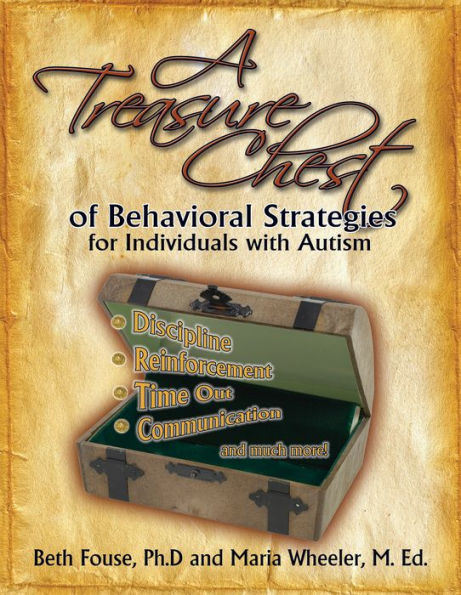Beth Fouse, Ph.D., is an Associate Professor in the Department of Special Services, School of Education and Psychology, at The University of Texas at Tyler. She has over twenty years experience in the public schools as a classroom teacher and administrator. Beth currently teaches courses in gifted education and special education in various disability areas including autism, communication disorders and behavioral disorders. She is a certified instructor in Nonviolent Crises Intervention and has been certified by Dr. Guy Berard as an auditory integration practitioner. Beth works one day per week with a special education cooperative providing family training, school/home liaison services, classroom consultation for teachers of students with autism and other behavioral disorders. She also provides in-service training for other school districts and educational agencies in the northeast Texas area.
Maria Wheeler, M.Ed., has spent more than twenty years of her professional life in the fields of Psychology and Special Education, with an emphasis on Neurobehavioral Disorders, Applied Behavior Analysis, and Specific Learning Disabilities. She has held positions in Florida and Texas as a special education classroom teacher, behavior specialist, and director of behavioral services for residential treatment centers serving adults and children with neurobehavioral disorders and developmental disabilities. She currently holds Texas teacher certificates/endorsements in Serious Emotional Disturbance and Autism, Special Education, and Psychology. Maria works as a private consultant serving various school districts, educational agencies, and families throughout Texas.



